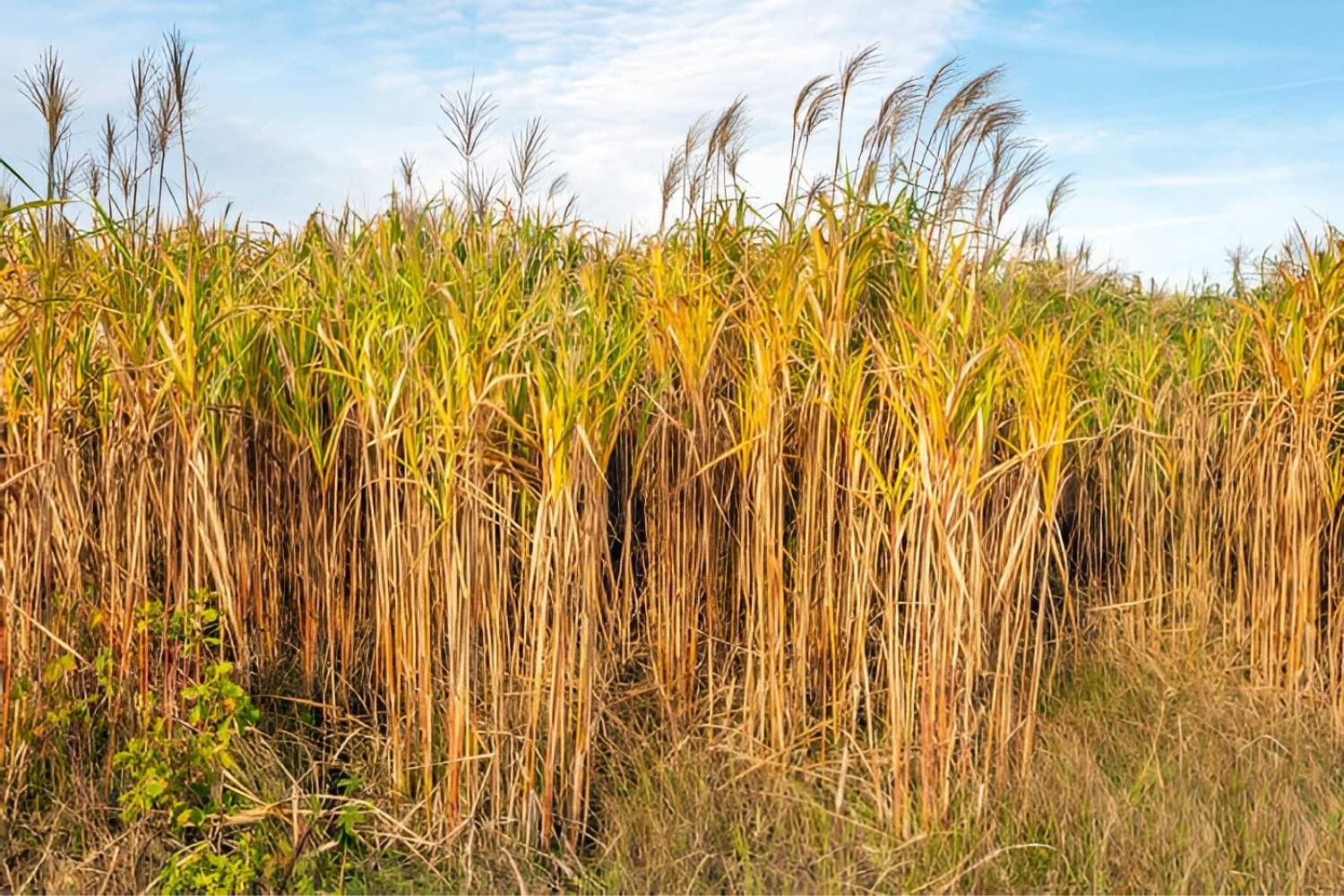Mysteries Of Elephant Grass In The Savanna

Ever wondered why elephant grass thrives in the savanna? This tall, resilient plant plays a crucial role in the ecosystem. It provides food for large herbivores like elephants, hence the name. Its dense growth also offers shelter to smaller animals, protecting them from predators. But there's more to it than just being a food source and a hideout. Elephant grass helps prevent soil erosion, maintaining the health of the land. Its deep roots hold the soil together, even during heavy rains. Plus, it can survive in harsh conditions, making it a vital part of the savanna's landscape. Curious about how this incredible plant supports such a diverse range of life? Let's dive into the mysteries of elephant grass in the savanna.
What is Elephant Grass?
Elephant grass, also known as Napier grass, is a tall, perennial plant native to the African savanna. Its towering height and dense growth make it a significant feature of the landscape. This grass plays a crucial role in the ecosystem, providing food and shelter for various animals.
Why is Elephant Grass Important?
Elephant grass isn't just any ordinary plant. It serves multiple purposes, from supporting wildlife to aiding in soil conservation. Here are some reasons why this grass is vital:
Habitat for Wildlife: Many animals, including elephants, rely on elephant grass for shelter and food. Its dense growth offers protection from predators.
Soil Erosion Control: The extensive root system helps prevent soil erosion, maintaining the integrity of the savanna landscape.
Renewable Energy Source: In some regions, elephant grass is used as a biofuel, providing a sustainable energy source.
Where Can You Find Elephant Grass?
Elephant grass thrives in various parts of the world, particularly in tropical and subtropical regions. Here are some notable places where you can find this remarkable plant:
Kenya: The vast savannas of Kenya are home to extensive fields of elephant grass. It's a common sight in national parks like Maasai Mara.
Tanzania: In the Serengeti, elephant grass grows abundantly, supporting the diverse wildlife that roams the plains.
Uganda: The grasslands of Uganda, especially in Queen Elizabeth National Park, are rich with elephant grass.
India: In the northeastern states, particularly Assam, elephant grass is cultivated for both agricultural and ecological purposes.
Brazil: The tropical climate of Brazil supports the growth of elephant grass, which is used for livestock feed and biofuel.
How Does Elephant Grass Benefit the Ecosystem?
Elephant grass contributes significantly to the health of the ecosystem. Here are some ways it benefits the environment:
Biodiversity Support: By providing habitat and food, elephant grass supports a wide range of species, from insects to large mammals.
Carbon Sequestration: This grass absorbs carbon dioxide from the atmosphere, helping mitigate climate change.
Water Retention: The roots of elephant grass help retain water in the soil, which is crucial during dry seasons.
Challenges Facing Elephant Grass
Despite its benefits, elephant grass faces several challenges. Understanding these issues is essential for its conservation:
Overgrazing: Excessive grazing by livestock can damage elephant grass, reducing its availability for wildlife.
Invasive Species: In some areas, invasive plant species compete with elephant grass, threatening its growth.
Climate Change: Changes in climate patterns can affect the growth and distribution of elephant grass, impacting the ecosystems that depend on it.
Conservation Efforts for Elephant Grass
Efforts to conserve elephant grass are crucial for maintaining the balance of the savanna ecosystem. Here are some initiatives:
Protected Areas: Establishing protected areas helps preserve elephant grass habitats from human encroachment.
Sustainable Farming Practices: Encouraging sustainable farming practices ensures that elephant grass is harvested without depleting the resource.
Research and Education: Ongoing research and education programs raise awareness about the importance of elephant grass and promote conservation efforts.
Elephant Grass: A Key to the Savanna
Elephant grass plays a vital role in the savanna ecosystem. It provides food for herbivores, helps prevent soil erosion, and supports local communities. This tall, dense grass creates habitats for many animals, offering shelter and protection. Its deep roots hold the soil together, reducing erosion and maintaining the health of the land.
For local people, elephant grass is a valuable resource. It can be used for building materials, animal feed, and even fuel. Understanding the importance of this grass helps us appreciate the delicate balance of the savanna.
Next time you think about the savanna, remember the crucial role of elephant grass. It’s more than just a plant; it’s a lifeline for many species and communities. Protecting and preserving this grass ensures the continued health and vitality of the savanna.

